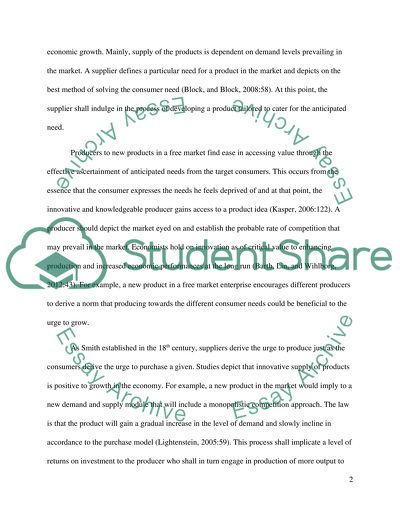Cite this document
(“'The great strength of the market is that it is a decentralised means Essay”, n.d.)
'The great strength of the market is that it is a decentralised means Essay. Retrieved from https://studentshare.org/macro-microeconomics/1465063-ychthe-great-strength-of-the-market-is-that-it-is
'The great strength of the market is that it is a decentralised means Essay. Retrieved from https://studentshare.org/macro-microeconomics/1465063-ychthe-great-strength-of-the-market-is-that-it-is
('The Great Strength of the Market Is That It Is a Decentralised Means Essay)
'The Great Strength of the Market Is That It Is a Decentralised Means Essay. https://studentshare.org/macro-microeconomics/1465063-ychthe-great-strength-of-the-market-is-that-it-is.
'The Great Strength of the Market Is That It Is a Decentralised Means Essay. https://studentshare.org/macro-microeconomics/1465063-ychthe-great-strength-of-the-market-is-that-it-is.
“'The Great Strength of the Market Is That It Is a Decentralised Means Essay”, n.d. https://studentshare.org/macro-microeconomics/1465063-ychthe-great-strength-of-the-market-is-that-it-is.


